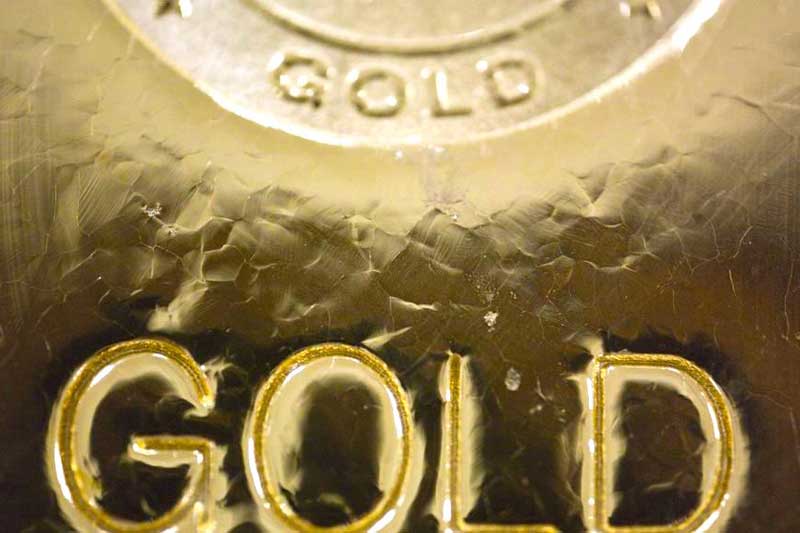Gold has made idiots of the Swiss, French, Dutch, Portuguese and British central bankers, who sold off 2,671 tons of their holdings at low prices between 2000 and 2009. And of mainstream fund managers who have shunned the asset for decades, misquoting economist John Maynard Keynes as dismissing it as “a barbarous relic” (he was writing in 1924 about the gold standard, not about gold itself).
Now the yellow metal has made an idiot of the world’s most successful investor, Warren Buffett, who has written an article for Fortune condemning it as a “sterile” asset, when compared to productive ones such as businesses, farms or real estate.
In inflationary times those assets should have the ability “to deliver output that will retain its purchasing power value while requiring a minimum of new capital investment,” he says.
Whether the currency “a century from now is based on gold, seashells, shark teeth, or a piece of paper (as today), people will be willing to exchange a couple of minutes of their daily labour for a Coca-Cola or some See’s peanut brittle.”
Examine the logic…
Does it make sense to invest in any asset on the assumption that it is a permanent lock-up? Coca-Cola is a fine company, but would it be realistic to hold it for ever, remembering that only two of the 30 firms in the Dow Jones Industrial Average in 1900 survived the century?
If it only makes sense to hold an asset for as long as it retains – preferably increases – its capital value in inflation-adjusted terms, why is it wrong to invest in and hold gold for periods such as five, ten or 20 years?
There have been, and no doubt will be, bubbles in the values of other assets such as equities, and long periods when they have delivered no return at all.
Why is it wrong to invest in an asset that provides no income, as is frequently argued, when most equities now only offer derisory dividend yields, often negligible in real terms, and lesser capital gains? Especially as all sophisticates know that what matters (except to those requiring equity income) is not “output” but total return – the income and capital growth combination, after allowing for tax and inflation.
Gold and the other precious metals also have characteristics that improve the quality of a portfolio that mainly contains other major assets such as equities, bonds and real estate.
They are instantly cashable. They often have low or even inverse correlation with changes in the prices of those other assets. And they offer good protection against extreme trends such as high inflation or deflation.
While dismissing gold as a sensible choice, Buffett himself is even more scathing about “currency-based investments” such as money-market funds, bonds, mortgages and bank deposits. Although most are thought of as safe, “in truth they are among the most dangerous of assets,” as the risk in them is “huge.”
But everyone needs to have readily-accessible cash. Even Buffett’s companies have huge amounts parked in those bank deposits and shortdated US Treasury securities that he despises.
Why should easily-cashable gold or gold-based certificates be inferior to “currency-based investments” when they have been delivering an average annual rate of capital return in dollar terms of more than 7½ per cent a year over two decades?
Buffett rubbishes gold on the grounds that buyers are operating on the “greater fool” theory, that rising prices depend on new purchasers coming into the market to drive up demand. “If you own one ounce of gold for an eternity, you will still own one ounce at its end,” not an asset producing anything.
Precisely. One ounce now will still buy a fine gentleman’s outfit as it would in Rome 2,000 years ago. Would you expect any investment in Coca-Cola stock to have the same purchasing power in 2,000 years’ time?
No investment that is not tangible has any hope of retaining its purchasing power over the very long term. Buffett himself reports that the dollar has lost 86 per cent of its value since 1965.
He says that rising gold prices depend on new demand from investors. Quite correct. But the proportion of wealth invested in gold is still trifling compared to the amount in paper and real assets with volatile capital values. There remains a huge potential demand.
next – Safety beyond the reach of money printing
CopyRight – OnTarget 2012 by Martin Spring







